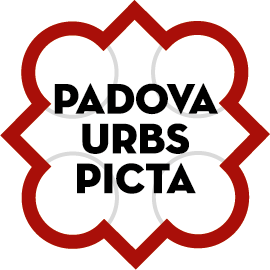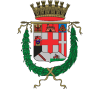Very few natives of the city fully appreciate Padua’s full standing as a City of Art. As always, luck has played some part in the claims Padua can make: the great Andrea Mantegna was born outside city at Isola di Carturo (now called Isola Mantegna), which lies just 1.5 kilometres within the Padua side of the boundary with the territory of the city of Vicenza. So just a two-minute car ride – or, not to be anachronistic, a ten-minute coach-ride – allows Padua to lay claim to this great Renaissance artist.
Another important figure in Padua’s claims as a City of Art is a second Andrea: Andrea Palladio. This phenomenally important sixteenth-century architect was born in Padua – in the central Borgo della Paglia neighbourhood (there is plaque in Via Rogati) – and spent the first eight years of his life here, before his family moved to Vicenza. So eight years and a mere 1.5 kilometres enable Padua to boast it is the birthplace of two artists of international renown, who are an essential part of the place’s standing as a ‘City of Art’.
And just look at the sort of artists who were not born here but did some of the greatest work within the city: Giotto, Giusto de’ Menabuoi, Donatello.
Within the specific category of fourteenth-century frescoes, Padua is home to such riches that these works are the basis of its application for recognition as a UNESCO World Heritage Site – a recognition that has already been given to the city’s Botanical Garden (founded by members of the university in 1594 and the oldest such facility in the world to have remained on its original site).












